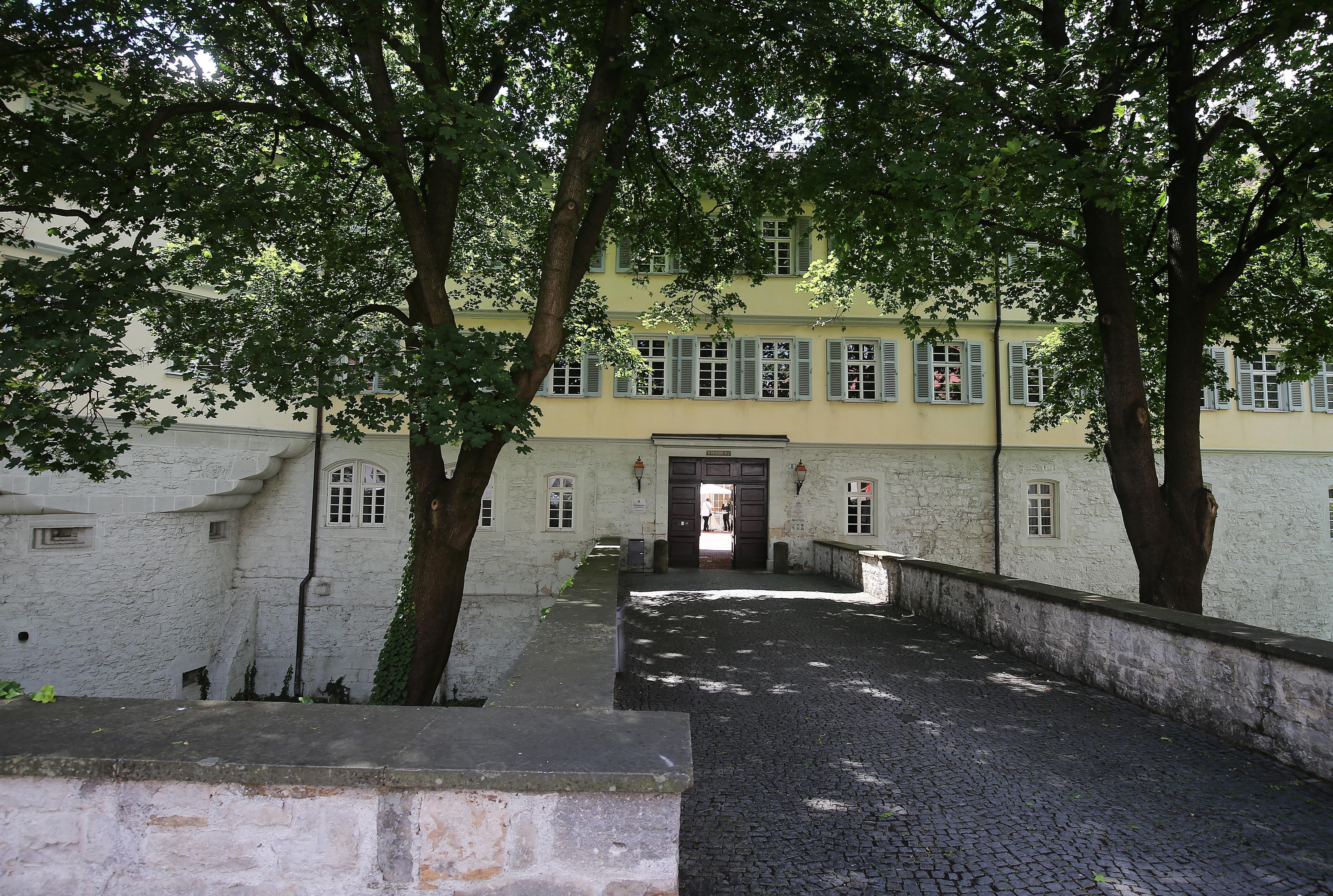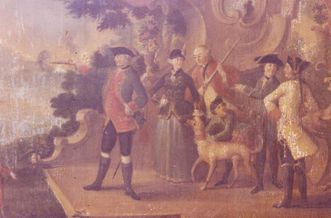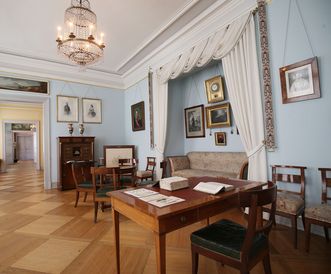WÜRTTEMBERG'S STRONGHOLD
Kirchheim unter Teck was designated as one of Württemberg's strongholds in 1538. It was part of a new defense plan, designed by Duke Ulrich von Württemberg. The duke focused on seven strategically important locations: the hill castles at Hohentübingen, Hohenurach, Hohenneuffen, Hohenasperg and Hohentwiel, and the two towns of Schorndorf and Kirchheim. Over the course of the 17th century, Kirchheim lost its military value and became hopelessly outdated.






